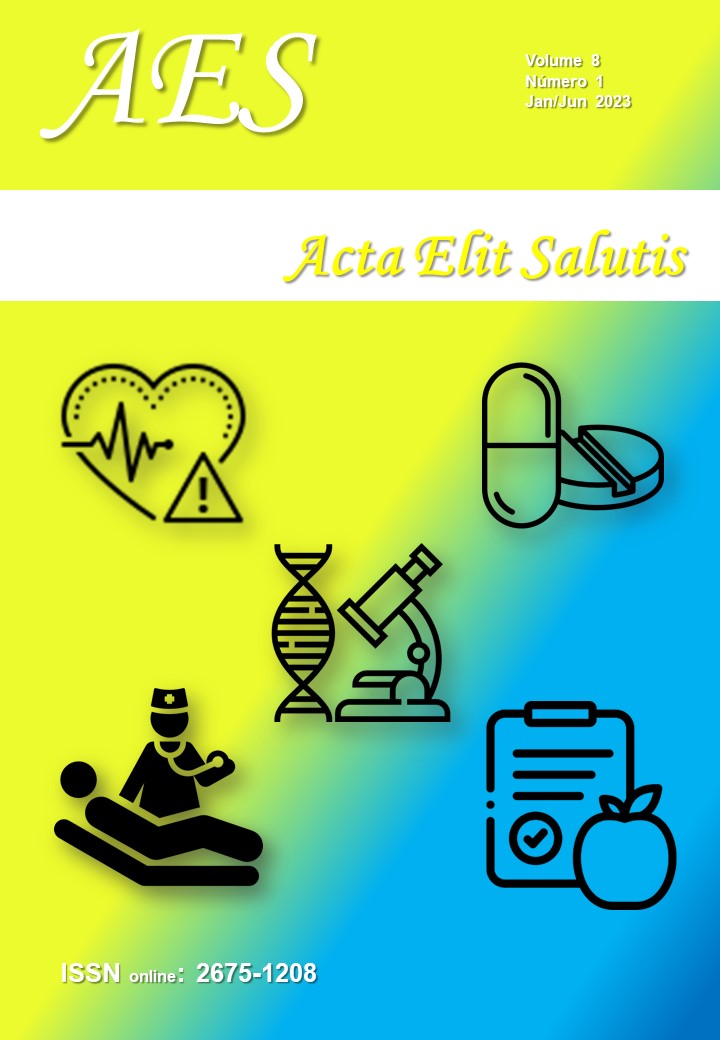Relationship of tactical position and body composition of professional football players
DOI:
https://doi.org/10.48075/aes.v8i1.30293Keywords:
Body composition, Soccer, AnthropometryAbstract
Football is a complex sport that requires different skills from athletes. To investigate the relationship between tactical position and body composition of professional soccer players. This study evaluated the body composition profile of the team of professional players from Esporte Clube Primeiro Passo (ECPP), during three different seasons, throughout the Campeonato Baiano Serie A. The sample consisted of data from 24 players in seasons 1 and 2 and 20 players in season 3, divided according to tactical position on the field. Body weight (BW), lean mass (MMA), fat mass (FM) and body fat percentage (%BF) data were used. Data were analyzed using the Tukey test, considering statistically significant p<0.05. The general body composition of the players, according to the tactical position, presented significantly lower values (p<0.01) for BW when compared to goalkeepers and full-backs and midfielders, MMA between goalkeepers and midfielders, and FM between goalkeepers and full-backs. Significant difference (p<0.05) was found in BW and FM when comparing goalkeepers to other positions, MMA except between goalkeepers and defenders, and %BF between goalkeepers and laterals. This study evidenced the existence of differences in the body composition of the players in relation to the tactical position on the field.
Downloads
Published
How to Cite
Issue
Section
License
Copyright (c) 2023 Acta Elit Salutis

This work is licensed under a Creative Commons Attribution-NonCommercial-ShareAlike 4.0 International License.
Aviso de Direito Autoral Creative Commons
Política para Periódicos de Acesso Livre
Autores que publicam nesta revista concordam com os seguintes termos:
1. Autores mantém os direitos autorais e concedem à revista o direito de primeira publicação, com o trabalho simultaneamente licenciado sob a Licença Creative Commons Attribution que permite o compartilhamento do trabalho com reconhecimento da autoria e publicação inicial nesta revista.2. Autores têm autorização para assumir contratos adicionais separadamente, para distribuição não-exclusiva da versão do trabalho publicada nesta revista (ex.: publicar em repositório institucional ou como capítulo de livro), com reconhecimento de autoria e publicação inicial nesta revista.
3. Autores têm permissão e são estimulados a publicar e distribuir seu trabalho online (ex.: em repositórios institucionais ou na sua página pessoal) a qualquer ponto antes ou durante o processo editorial, já que isso pode gerar alterações produtivas, bem como aumentar o impacto e a citação do trabalho publicado (Veja O Efeito do Acesso Livre).
Licença Creative Commons
Esta obra está licenciada com uma Licença Creative Commons Atribuição-NãoComercial-CompartilhaIgual 4.0 Internacional, o que permite compartilhar, copiar, distribuir, exibir, reproduzir, a totalidade ou partes desde que não tenha objetivo comercial e sejam citados os autores e a fonte.





